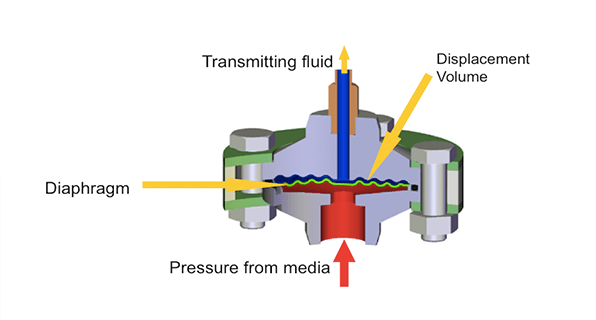
Figure 1: Different types of industrial compact pressure transmitters.
A pressure transmitter is a device that converts pressure into a pneumatic signal or an electric signal for control and remote transmission. It is the most commonly used sensor in industrial practice. Choosing a suitable pressure transmitter can play its role better. The following are 10 things to consider to choose a suitable pressure transmitter.
1. The Type of the Pressure to be Measured
The pressure can be divided into gauge pressure, absolute pressure, differential pressure, etc. Gauge pressure refers to the pressure that is based on the atmosphere and is less than or greater than atmospheric pressure; absolute pressure is based on and higher than the zero position; differential pressure refers to the difference between two pressures.
2. The Range of Measurement
In general, the actual measurement pressure should be 80% of the measurement range. The maximum pressure of the system should be considered. The maximum pressure range of the pressure transmitter should reach 1.5 times the maximum pressure value of the system.
3. The Type of the Medium to be Measured
The medium can be divided into dry gas, gas liquid, strong corrosive liquid, viscous liquid, high temperature gas liquid, etc. Correct selection according to different media helps to prolong the service life of the transmitter.

Figure 2: The medium in a pressure transmitter in sectional view.
4. The Maximum Overload
The maximum overload of the system should be less than the overload protection limit of the transmitter, or it will affect the service life of the transmitter or even damage the transmitter. Usually, the safe overload pressure of the pressure transmitter is 2 times the full scale.
5. The Accuracy Class
The measurement error of the transmitter is divided into accuracy classes. Different accuracy classes correspond to different fundamental error limits (expressed as a percentage of full-scale output). Select according to the requirements of error control and the principle of economical use.
6. The Operating Temperature Range
The temperature of the measured medium should be within the operating temperature range of the transmitter. Over-temperature use will cause large measurement errors and affect the service life of the transmitter. In the case of high temperature, you can consider choosing a high temperature pressure transmitter or taking auxiliary cooling measures such as installing a condenser pipe and a radiator.
7. The Compatibility between the Measurement Medium and the Contact Material
Sometimes, the measuring medium is corrosive. And it is necessary to select materials compatible with the measuring medium or carry out special processing to ensure that the transmitter will not be damaged.
8. Pressure Connection
Usually, M20X1.5 pressure connection is the standard and most common one.

Figure 3: A sample of a bar pressure transmitter of M20X1.5 connection.
9. Supply Voltage and Output Signal
Usually, the pressure transmitter is powered by direct current (DC) power supply, providing a variety of output signal options, including 4~20mA. DC; 0~5V. DC, 1~5V. DC, 0~10mA. DC, etc. 232 or 485 digits output is available, too.
10. Environment Conditions
Consider whether there is vibration, electromagnetic interference, etc., so that appropriate action can be taken.
Other factors, such as electrical connections, can also be considered on a case-by-case basis.
Related Info
The Differences between Solenoid Valves and Motorized ValvesChoose the Right Solenoid Valve
How to Deal with Spindle Amplifier Alarm Codes?
What is a Pressure Transmitter?
What is Variable Valve Timing?


